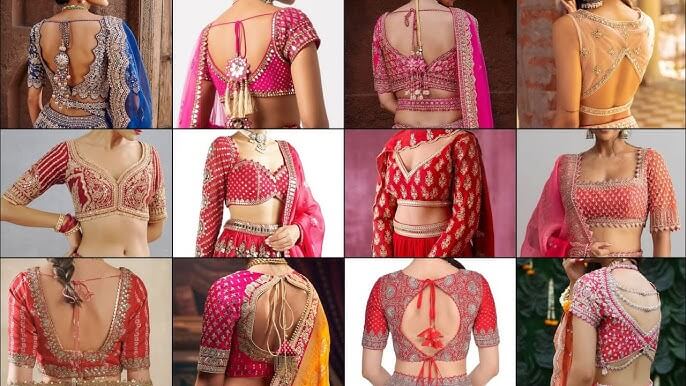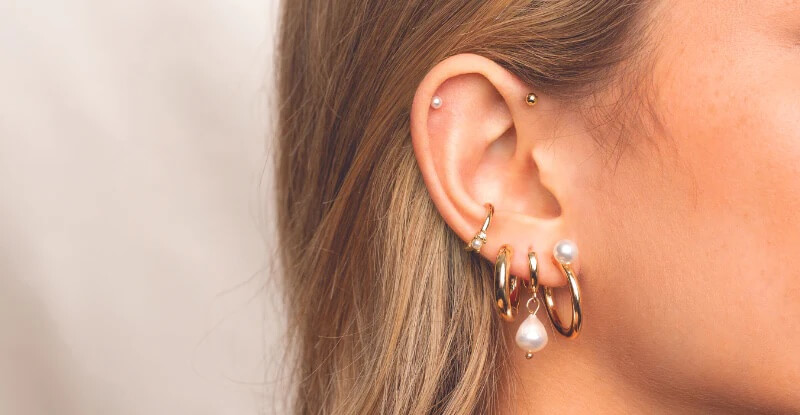Content Attributes
Photo: Helena Lopes / Pexels
Wine tasting is an art that extends far beyond the mere act of sipping a boozy drink. Whether you participate in wine clubs in Australia or head to Tuscany for a multi-week wine-tasting trip, you’re in for an immersive journey – one that engages all five senses to unlock the full spectrum of flavors, aromas, and textures within each glass of wine.
By harnessing your senses of sight, smell, taste, touch, and even hearing, you can elevate your wine-tasting experience to a whole new level.
Taste & Touch
Sipping the wine engages taste, but it also activates your sense of touch. Indeed, these two senses are difficult to tease apart when it comes to wine tasting. To make the most of both, take a small sip, and let it linger in your mouth, allowing the flavors and texture to unfold. Note the sweetness, acidity, tannins (in red wines), and body. Is it crisp and acidic or velvety and smooth? Do you detect fruit flavors like citrus or dark berries? What about elements like spices or minerals? Consider how the wine evolves on your palate. How does it change from the initial burst of flavors to the lingering finish?
Some wines feel light and refreshing, while others might be fuller-bodied and lingering. Tannins, commonly found in red wines, create a drying sensation, similar to the feeling of strong black tea. Pay attention to how the wine coats your mouth and if it leaves a lingering sensation or a clean finish.
Smell
Your sense of smell is a powerful tool in wine tasting. To fully release its aromas, gently swirl the wine in the glass. Bring your nose to the rim and take in the bouquet. Identify primary aromas – fruit, floral, or herbal notes – and secondary aromas such as oak, spices, or earthiness. Sometimes, even tertiary aromas like leather or tobacco might emerge, especially in aged wines. The scent of the wine can evoke memories and associations, enriching your tasting experience.
Sight
The visual aspect of wine tasting begins the moment the wine fills your glass. Observe its color, clarity, and viscosity. Hold the glass against a white background and tilt it slightly to the side. Reds may vary from ruby to garnet or even purple hues, while whites can range from pale straw to golden or amber tones. The legs or “tears” that form on the side of the glass can indicate alcohol content and viscosity. These visual cues provide hints about the grape variety, age, and potential flavor profile.
Hearing
While less conventional, hearing can play a subtle role in wine tasting. When you pour wine into your glass, listen for the sound it makes. The pitch and intensity can offer clues about the wine’s body and alcohol content. Additionally, the act of swirling wine in your glass not only releases aromas but also creates a gentle sound that adds to the overall sensory experience.
By engaging all your senses, you create a holistic understanding of the wine in your glass. Moreover, this approach can deepen your appreciation for the craftsmanship and complexities behind each bottle. Remember, there are no right or wrong perceptions – your unique sensory experiences will shape your understanding and enjoyment of wine.
To truly unlock the full experience, you’ll need a sense of mindfulness and curiosity. From here, all you have to do is open yourself up to the multitude of sensations each sip offers. So, next time you raise your glass, let your senses be your guide and relish the intricate tapestry of flavors and aromas in every drop. Cheers to savoring the beauty of wine through all five senses!



